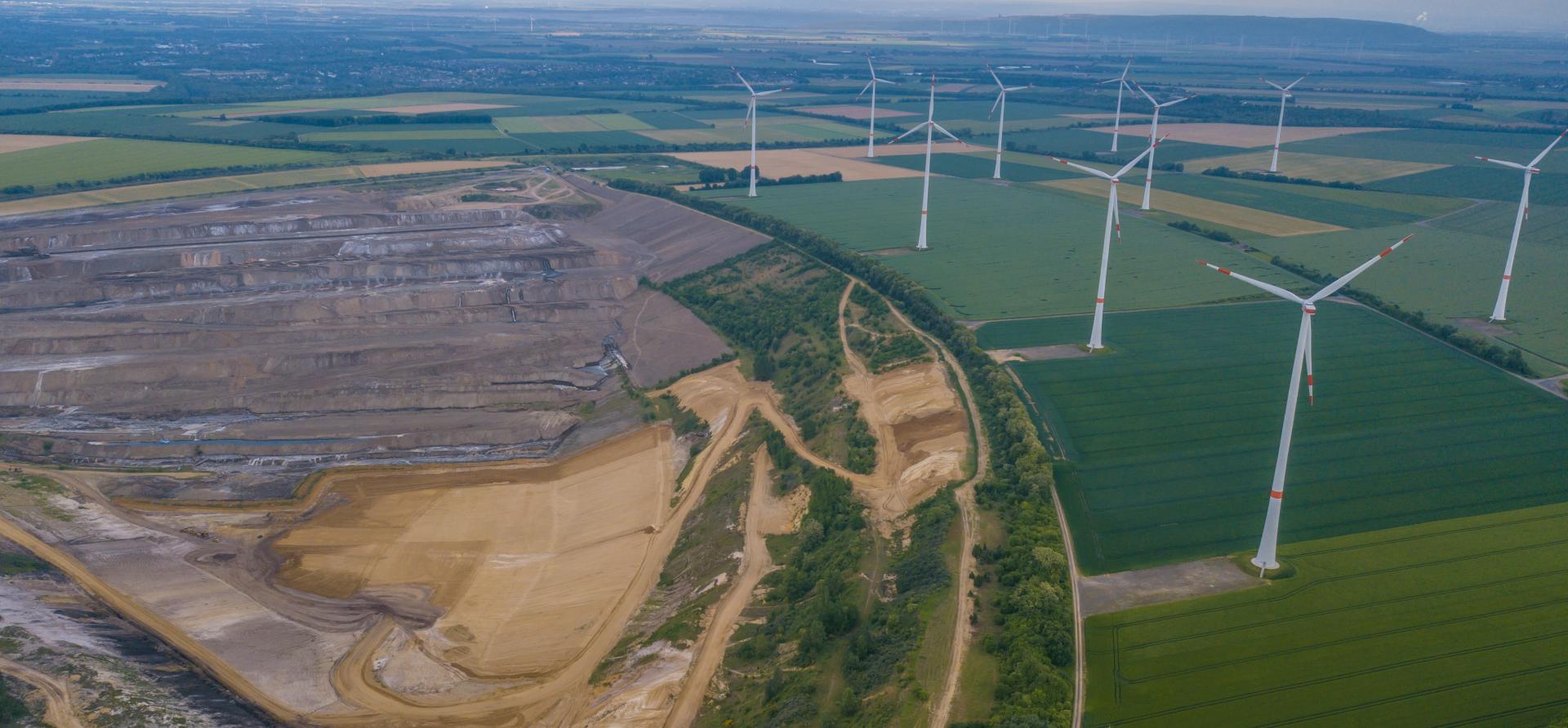
Key Findings
Renewable energy asset profit margins can be more than enough to pay for coal plant closure costs while still generating a profit for the power facility’s operator.
Investing in a coal-to-clean transition transaction, rather than a pure decommissioning of coal, presents a compelling value proposition.
Philanthropy can play a catalytic role by funding local transition facilitation teams that carry out financial analysis and diligence of a specific coal-to- clean project (rather than funding the entire transaction). This reduces transaction development risks while leveraging philanthropic funds effectively.
Only 10% of the world’s existing coal power capacity is slated for decommissioning by 2030. More coal decommissioning transactions can be closed in the next three to five years. Governments, investors and philanthropic organisations should invest effort to identify these opportunities.
Executive Summary
The decarbonisation of electricity in emerging market economies can be achieved through a market-based, economically viable transaction to accelerate the transition of generation from coal to clean energy, plus storage in many instances. Coal generation assets can be ramped down and decommissioned, while renewables and storage assets are invested in to replace them. This report analyses five specific opportunities around the world where a coal-to-clean transaction could be economically and practically feasible well before 2030.
The main findings are:
- Coal-to-clean transactions with a shift starting within the next five years are viable for the five specific opportunities assessed without subsidies, and capital can make an economic profit on investment. While philanthropy may need to partially subsidise the first deal or promise to take first losses to get the first deal over the line to convince the market that it is feasible, economics are lining up for private capital and utilities to proactively source and finance these deals. It is estimated that a positive economic return beats the weighted average cost of capital for the five projects identified.
- Transactions can be structured to pay for all costs associated with a coal-to-clean transition. This includes not only the costs of coal facility shutdown and new generation capacity but also societal/public costs such as retraining directly and indirectly employed workers, upgrading grid infrastructure to support greater renewables, site decommissioning, recovery of the equity losses of shutting down an operational asset, and financing and power purchase agreement (PPA) restructuring costs.
- While the design of a transaction depends on local context, some heuristics are evident:
- Scope: Some markets do not require energy storage because they are well integrated into regional grids; in others, storage is essential where coal is a substantial share of local power generation capacity. The scope of the solution should not be predetermined and can incorporate efforts to address indirect impacts and public goods in line with the principles of a just energy transition.
- Characteristics of a viable deal: Older coal plants (at least 10 years into operation), larger projects of more than 800 megawatts make for better opportunities (scale plus payoff for effort involved), a phasing of the ramp-up/down of the project to make implementation viable and a willingness to renegotiate an existing PPA and other contracts.
- Costs: Renewables costs in all the markets assessed were competitive with coal power (and other sources of generation). Because of this, it was found that energy prices can be kept constant in these markets and still make these deals work. In reality, energy prices have been rising regardless, while renewables offer something increasingly important in a world of sharply cyclic commodity prices, energy price stability.
- Timeline: The analysis shows that the closure of some coal power plants could be accelerated by 10 or more years, each yielding a substantial carbon reduction impact.
- The PPA arrangement for renewables capacity allows one to raise enough debt and equity to finance all the costs of the transaction—including the decommissioning of the coal assets—and to cover the profit needs of both the dirty and clean energy players.
- The right approach is an ambitious large-scale renewable energy buildout and replacement of coal power, tempered by phasing the rollout of the renewables over several years to allow the country to build up its supply chain, pool of skilled contractors and financing partners. This large-scale approach will lead to long-term cost efficiencies and the development of a local employment base that would be infeasible for smaller programmes.
- Some challenges remain but are addressable in a systemic manner:
- Cost of capital has risen in a higher interest rate environment. This makes refinancing coal debt (raised when interest rates were very low or subsidised through guarantees, etc.) more expensive in some cases.
- Many markets have young coal plants with substantial time remaining on their independent power producer contracts. For example, in Vietnam, nine units totalling 5.6 gigawatts (GW) have been brought online since 2020 and another 27 units totalling 10.5GW were commissioned from 2015-2020.
- The PPAs signed (IPPs for coal) in certain cases provide very attractive pricing or subsidies that make it difficult to buy the remaining value of the IPP contract.
- General inertia and regulatory capture also arise during discussions.














